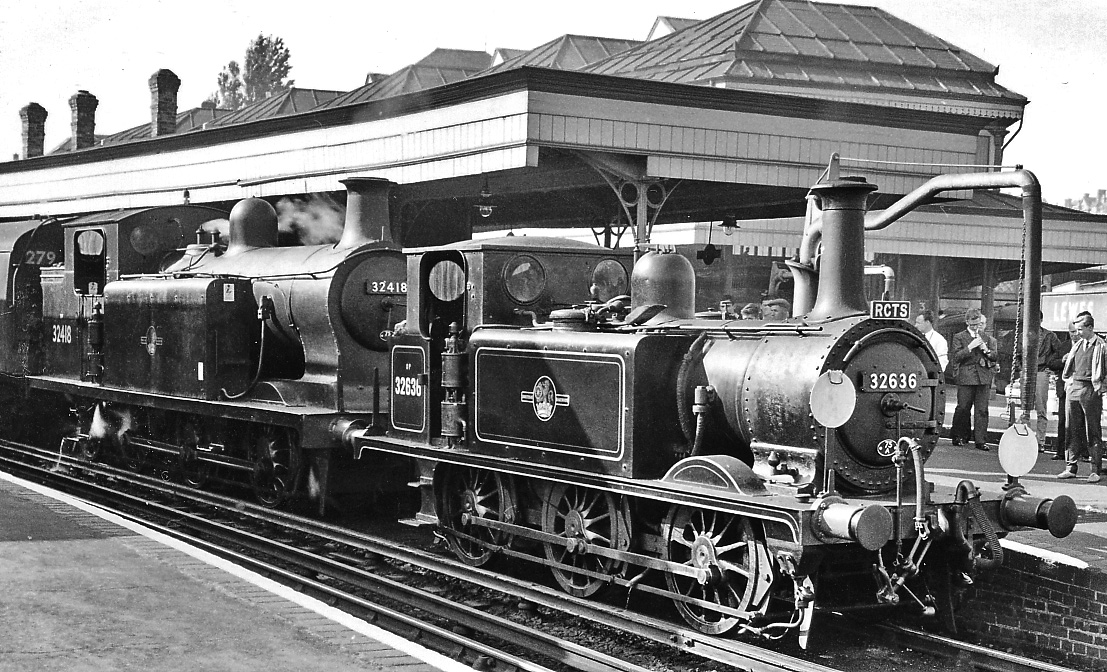|
Brighton, Lewes And Hastings Railway
The Brighton, Lewes and Hastings Railway was an early railway in southern England that built the East Coastway line running between the three East Sussex towns mentioned in its name. The company existed from February 1844 but only operated trains for a few weeks during June and July 1846 before it was amalgamated with other companies to form the London Brighton and South Coast Railway (LB&SCR) on 27 July 1846. History Authorisation The 1837 Act of Parliament establishing the London and Brighton Railway (LBR), authorised the construction of branch lines to Shoreham and to Newhaven (East Sussex), but only the first of these was built. A new company was created in 1844 to build the second such a line, with an extension to join the South Eastern Railway at Hastings, which would be operated by the LBR. The new company received Parliamentary approval on 29 July 1844, with permission for the directors to sell their concern to the LBR. The sale took place in 1845, although the compan ... [...More Info...] [...Related Items...] OR: [Wikipedia] [Google] [Baidu] |
Lewes RCTS Sussex Rail Tour Geograph-2663087-by-Ben-Brooksbank
Lewes () is the county town of East Sussex, England. It is the police and judicial centre for all of Sussex and is home to Sussex Police, East Sussex Fire & Rescue Service, Lewes Crown Court and HMP Lewes. The civil parish is the centre of the Lewes local government district and the seat of East Sussex County Council at East Sussex County Hall. A traditional market town and centre of communications, in 1264 it was the site of the Battle of Lewes. The town's landmarks include Lewes Castle, Lewes Priory, Bull House (the former home of Thomas Paine), Southover Grange and public gardens, and a 16th-century timber-framed Wealden hall house known as Anne of Cleves House. Other notable features of the area include the Glyndebourne festival, the Lewes Bonfire celebrations and the Lewes Pound. Etymology The place-name 'Lewes' is first attested in an Anglo-Saxon charter circa 961 AD, where it appears as ''Læwe''. It appears as ''Lewes'' in the Domesday Book of 1086. The addition of ... [...More Info...] [...Related Items...] OR: [Wikipedia] [Google] [Baidu] |
